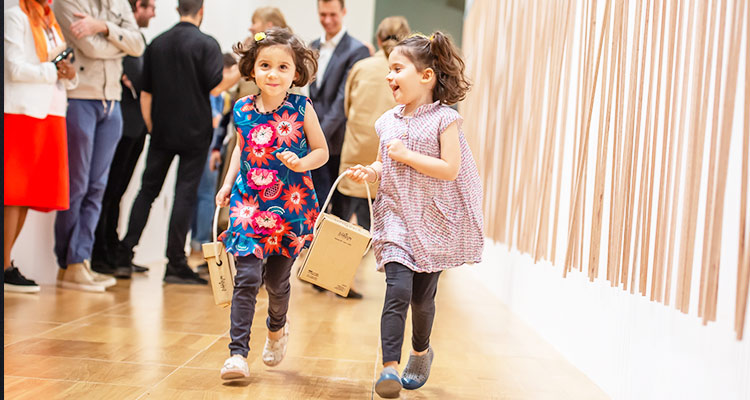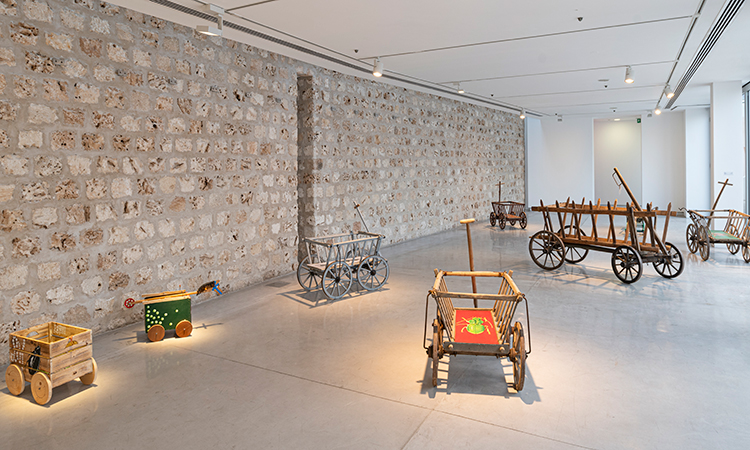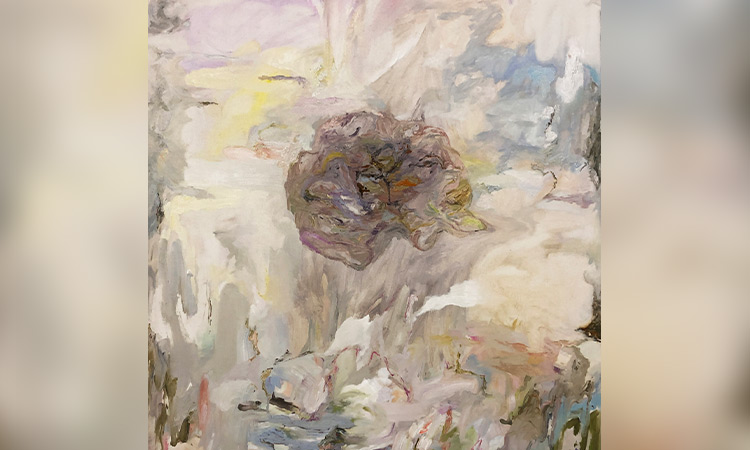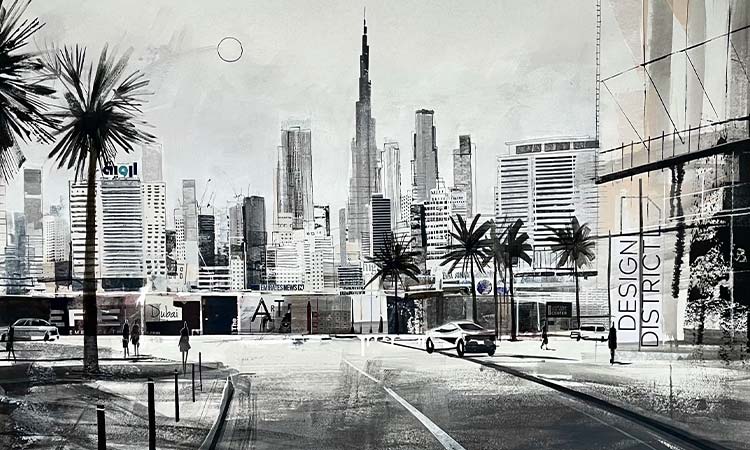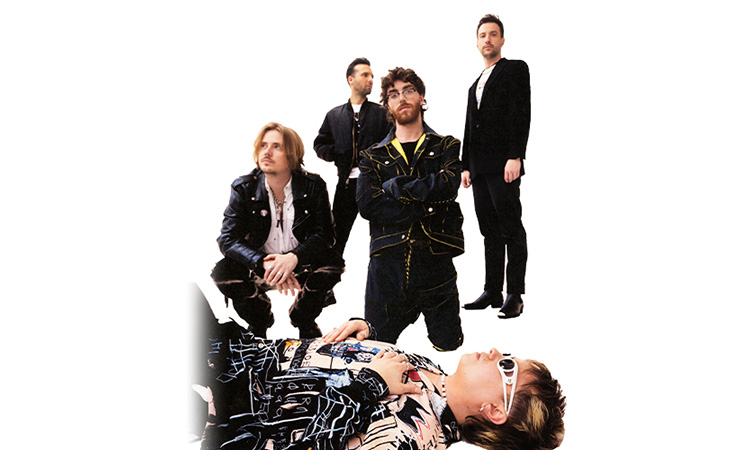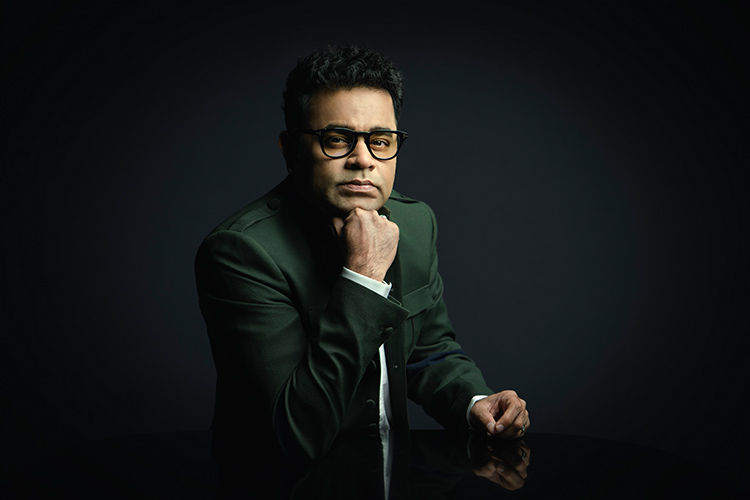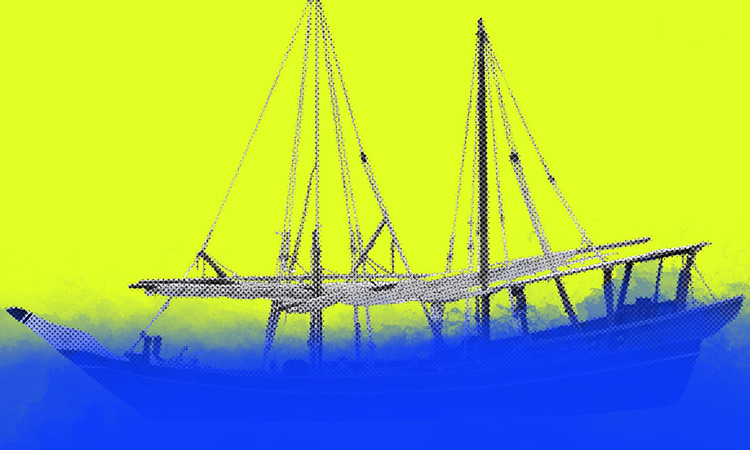Migrant death ship to be shown at Venice art fair
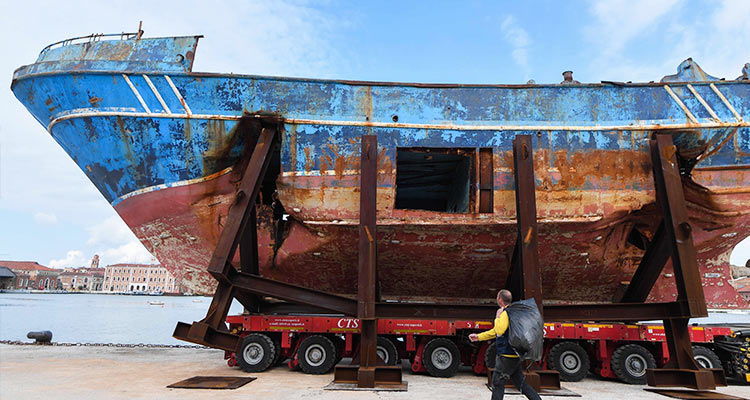
The fishing vessel that sank on April 18, 2015 is being installed in Venice.
The remains of the worst known Mediterranean migrant shipwreck, in which up to 900 people died, will be exhibited at the prestigious Venice Biennale art fair this week.
The blue and red fishing boat was carrying almost 1,000 migrants when it struck a Portuguese cargo ship that was coming to its aid off the coast of Libya during the night of April 18-19, 2015.
The boat sank quickly as the cargo ship's horrified crew raced to save 28 people.
Swiss artist Christoph Buchel obtained permission from Italian authorities and a group that represents the victims to transport the hull to Venice as part of a project called "Barca Nostra" (Our Boat).
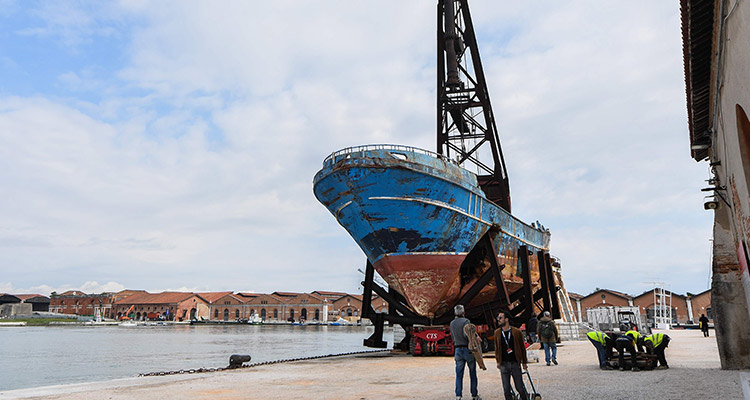
The blue and red fishing boat was carrying almost 1,000 migrants when it struck a Portuguese cargo ship.
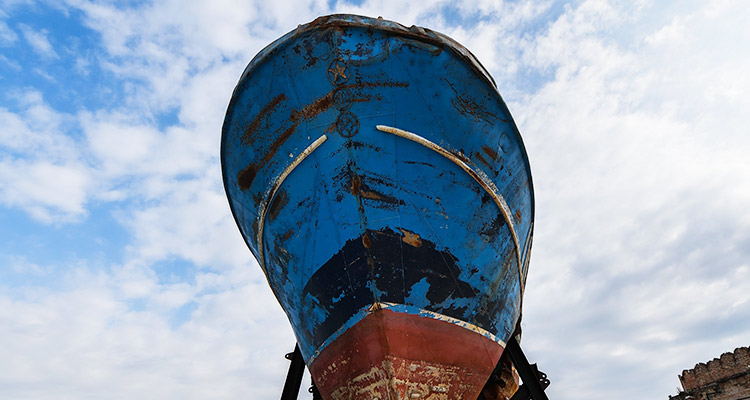
"Barca Nostra" (Our Ship) sank on April 18, 2015 trapping hundreds of migrants in its hull.
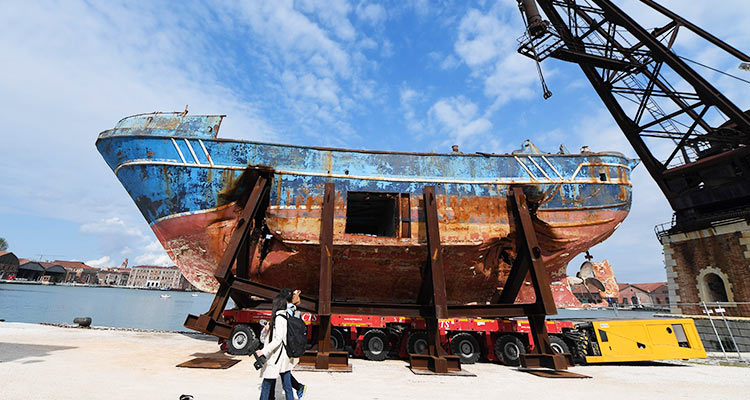
Swiss artist Christoph Buchel obtained permission from Italian authorities and a group that represents the victims to transport the hull to Venice.
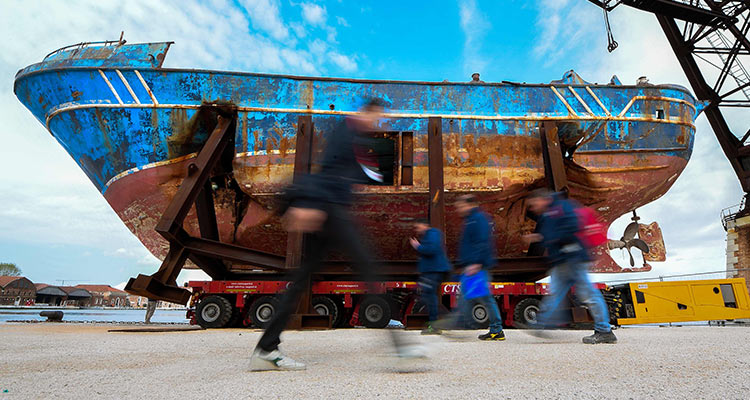
The 58th International Art Exhibition will open to the public from May 11 to November 24, 2019.
It will be shown in a shipyard by itself, without any explanation.
"It is a quiet site, sheltered from noise, an invitation to silence and meditation," said Paolo Baratta, the head of the Venice Biennale which opens on Saturday.
Italy spent around 10 million euros ($12 million) to raise the wreck from a depth of 370 metres (1,200 feet) and transport it to Sicily so the victims could be identified and given a proper burial.
A large rectangular opening was cut in the hull to allow workers to recover hundreds of bodies, with dozens of medical examiners called in to examine the remains of 800-900 people.
Travel documents from Bangladesh, Eritrea, Ethiopia, Gambia, Guinea-Bissau, Ivory Coast, Mali, Senegal, Somalia and Sudan, were found, along with small packets of earth from some migrants homelands and a school report that a teenager had sewn into their clothes.
"It seems we are looking at the worst massacre ever seen in the Mediterranean," UNHCR spokeswoman Carlotta Sami said at the time.
The disaster provoked an emergency EU summit as Europe tried to control a migrant crisis that has presented the union with one of its biggest challenges ever.
The victims now lie in various Sicilian cemetaries, and it was decided to not destroy the boat but integrate it into a Sicilian "memory garden".
Agence France-Presse
